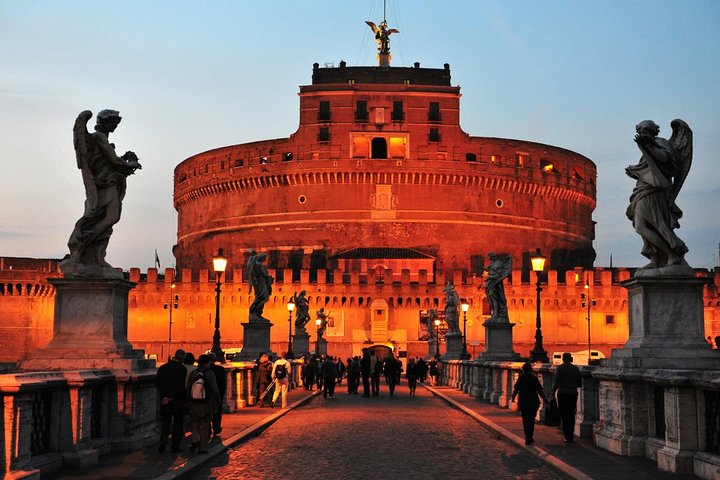Unveiling Garbatella: Rome’s Hidden Architectural Gem
Drawn by its unique architecture and rich history, I embarked on a journey through Garbatella, a hidden gem in Rome. Join me as I explore this authentic neighborhood’s storied past and vibrant present.
Discovering Garbatella: A Journey Through Time
Rome, a city that never ceases to amaze, holds within its embrace a neighborhood that is often overlooked by the casual traveler. Garbatella, a district born in the 1920s, offers a unique blend of history, architecture, and culture that is both authentic and invigorating. As a former professor of European history, I found myself drawn to this area, eager to explore its storied past and vibrant present.
Upon arriving in Garbatella, I was immediately struck by the distinct architectural style that defines the neighborhood. The Roman baroque style, with its ornate facades and intricate details, is a testament to the area’s rich history. Walking through the narrow streets, I was captivated by the unexpected courtyards that seemed to appear out of nowhere, each one a hidden gem waiting to be discovered. The urban vegetable gardens, a nod to the community’s agricultural roots, added a touch of greenery to the urban landscape.
Our guide, a passionate local, shared fascinating anecdotes about the neighborhood’s origins and its evolution over the decades. From its beginnings as a working-class suburb to its current status as a lively and youthful area, Garbatella has managed to retain its authentic soul. The plaques commemorating the partisans who fought for freedom during World War II serve as a poignant reminder of the neighborhood’s combative spirit.
Architectural Marvels and Cultural Hubs
The tour took us to some of Garbatella’s most iconic buildings, each with its own story to tell. The Palladium Theatre, a stunning example of early 20th-century architecture, stands as a cultural beacon in the neighborhood. Its elegant design and historical significance make it a must-visit for anyone interested in the arts.
We also visited the Public Baths, a relic of a bygone era that offers a glimpse into the daily lives of Garbatella’s early residents. The Villetta, with its charming facade and lush gardens, provided a serene escape from the bustling streets. The Casa dei Bimbi, a children’s home with a rich history, highlighted the community’s commitment to social welfare.
One of the most intriguing stops on the tour was the medieval bridge, a structure that has withstood the test of time. As I stood on the bridge, I couldn’t help but imagine the countless stories it could tell, from the merchants who once traversed its path to the modern-day travelers who now admire its beauty.
A Taste of Local Life
The tour concluded at the Casetta Rossa, a social and cultural hub that embodies the spirit of Garbatella. Here, we had the opportunity to unwind with a cup of coffee or a glass of wine, surrounded by locals who were eager to share their stories and experiences. The sense of community was palpable, and it was clear that Garbatella is more than just a neighborhood; it’s a way of life.
As I sipped my wine and reflected on the day’s journey, I realized that Garbatella had offered me a glimpse into a side of Rome that is often overshadowed by its more famous landmarks. This authentic neighborhood, with its unique architecture and rich history, is a testament to the enduring spirit of the Eternal City. For those seeking to explore Rome beyond the usual tourist spots, I highly recommend embarking on the Garbatella Tour, a journey that promises to leave you with a deeper appreciation for this remarkable city.











































